When working on a home built before 1978, use these tips to reduce the risk of exposure to lead paint poisoning.
Our editors and experts handpick every product we feature. We may earn a commission from your purchases.Learn more.
When working on a home built before 1978, use these tips to reduce the risk of exposure to lead paint poisoning.
Our editors and experts handpick every product we feature. We may earn a commission from your purchases.Learn more.

Most lead-paint poisoning results from exposure to lead paint dust. Even if you don’t see any peeling paint, lead paint dust might still be present. Old doors and windows have painted parts that rub together and create dust, or there might be small amounts still present from a previous remodeling project. Identifying lead paint will determine if you have a lead paint hazard. Various types of test kits are available. They’re all a little different, so read and follow the directions carefully. Some come with everything you need to collect and send samples to a lab for analysis, for which you pay a separate fee. Others, like 3M’s LeadCheck swabs shown above, don’t require lab testing. You just squeeze a swab while rubbing it onto a painted surface. If the tip of the swab turns pink or red, you’ve got lead.
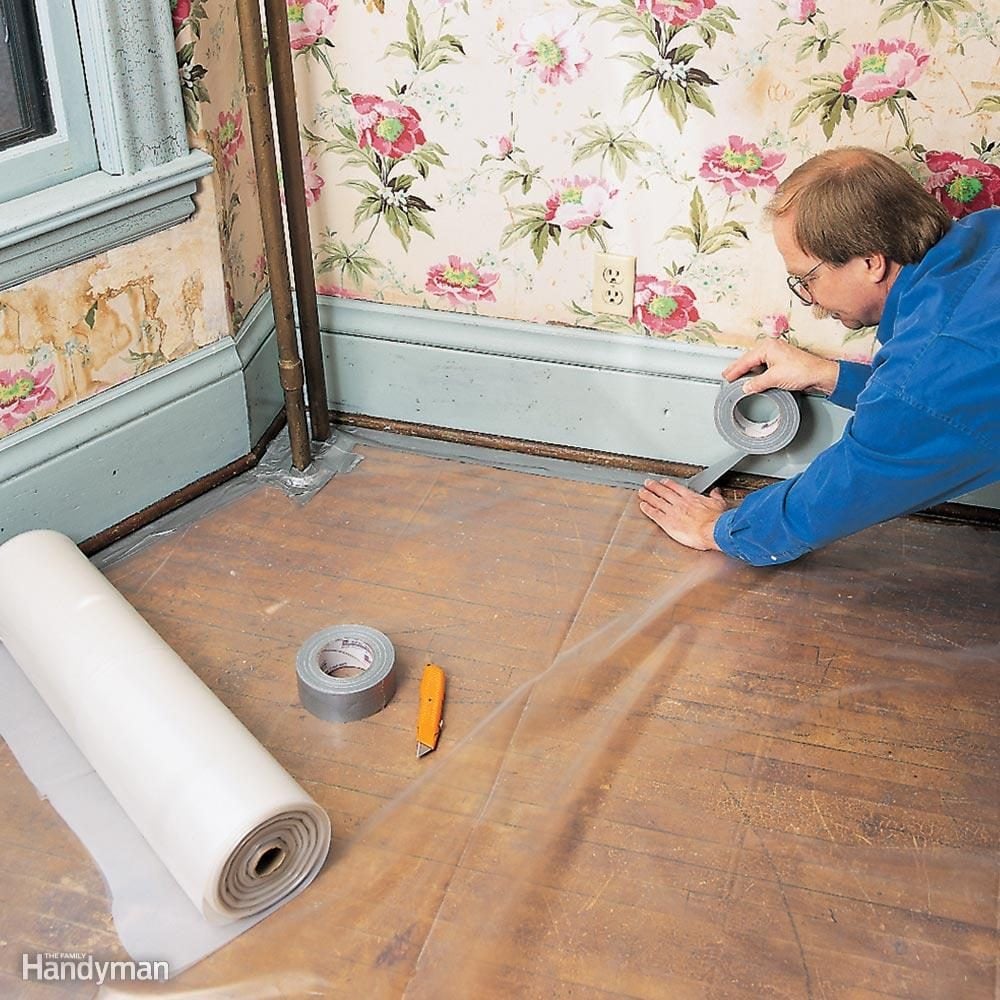
When getting rid of lead paint, remove all furniture and rugs in the room you’re about to work in and cover floors with 6-mil polyethylene (poly) sheeting. Use duct tape to secure it to the floor tight to walls and at least 5 ft. beyond the room you’re working in. Avoid taping it to baseboards or other trim if you’re worried about damaging the paint. Turn off the furnace and then cover supply and return registers with poly and tape. Keep windows closed to prevent dust and lead paint chips from blowing around, and cover and tape off doors and other openings to keep dust contained to your work area.
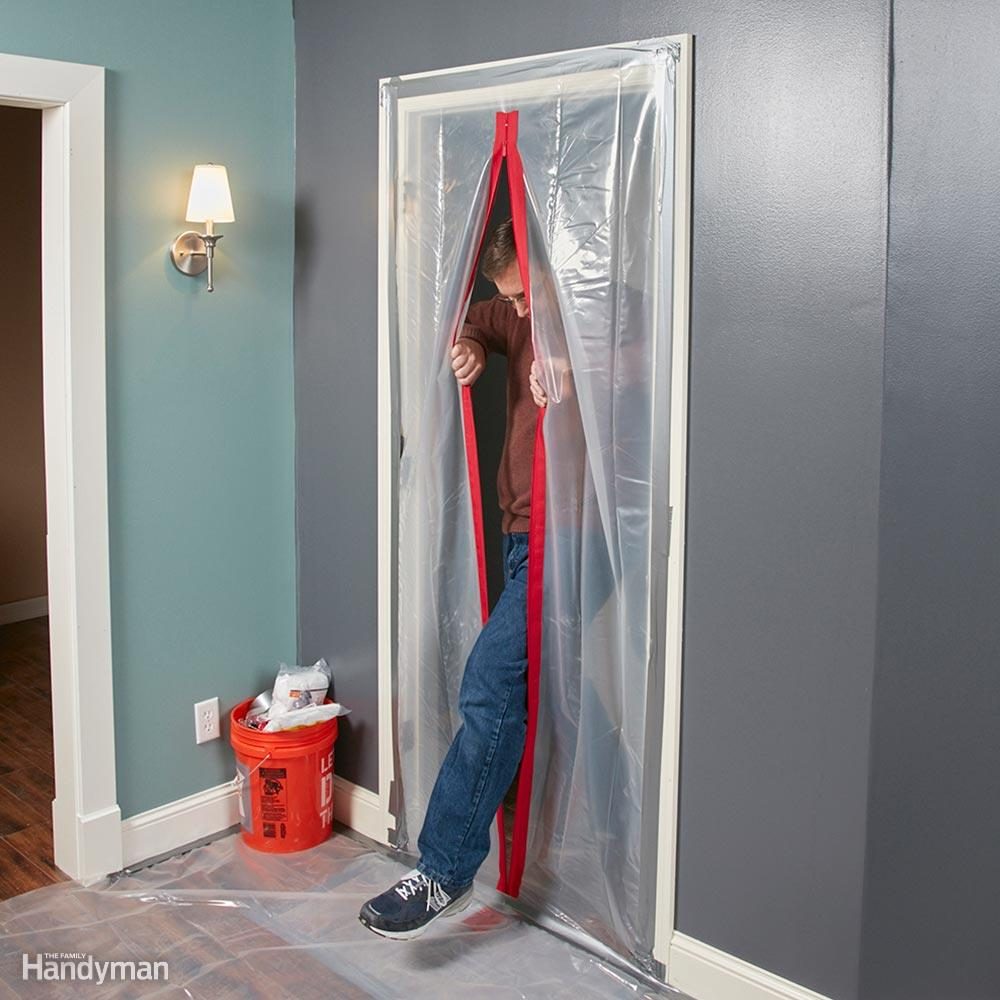
To make getting in and out of the room easier while containing lead dust, tape a piece of poly around the perimeter of a doorway and create an opening by installing a ZipWall self-adhesive zipper on it. When you need to leave, just unzip the opening, walk through and zip it back up.
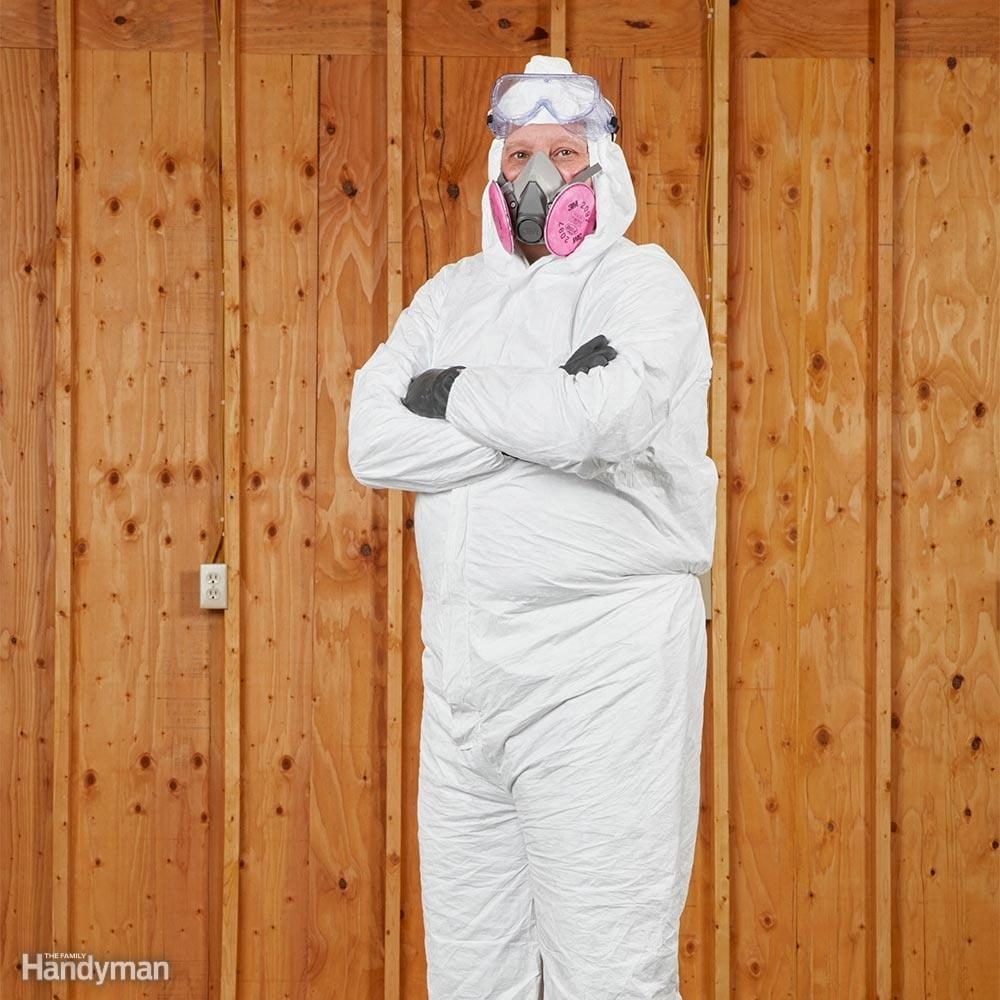
When working with lead paint wear a Tyvek suit or a long-sleeved shirt, long pants, neoprene gloves and washable shoes. Wash work clothes in a load separate from other laundry. Also, wear safety glasses or goggles to protect your eyes from debris, and a half-mask respirator with P100 filtration to protect your lungs.
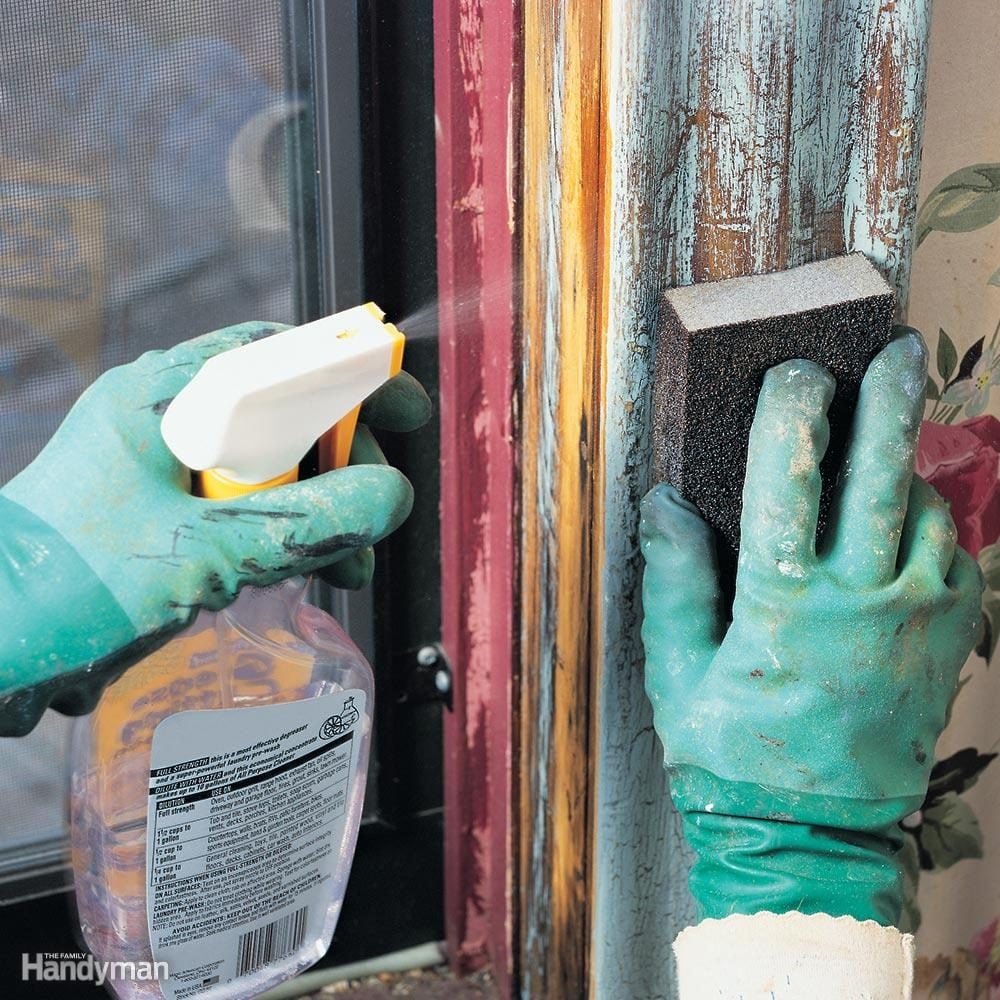
If you must sand or scrape lead paint, do it wet. Spraying the area with water before sanding or scraping minimizes dust. Make sure electrical outlets are turned off before spraying near them. Use a medium or coarse-grit sanding sponge to smooth rough areas. Avoid using an electric sander to smooth or remove lead paint. The goal is not to remove all of the paint; you just want to remove any loose, flaking lead paint.
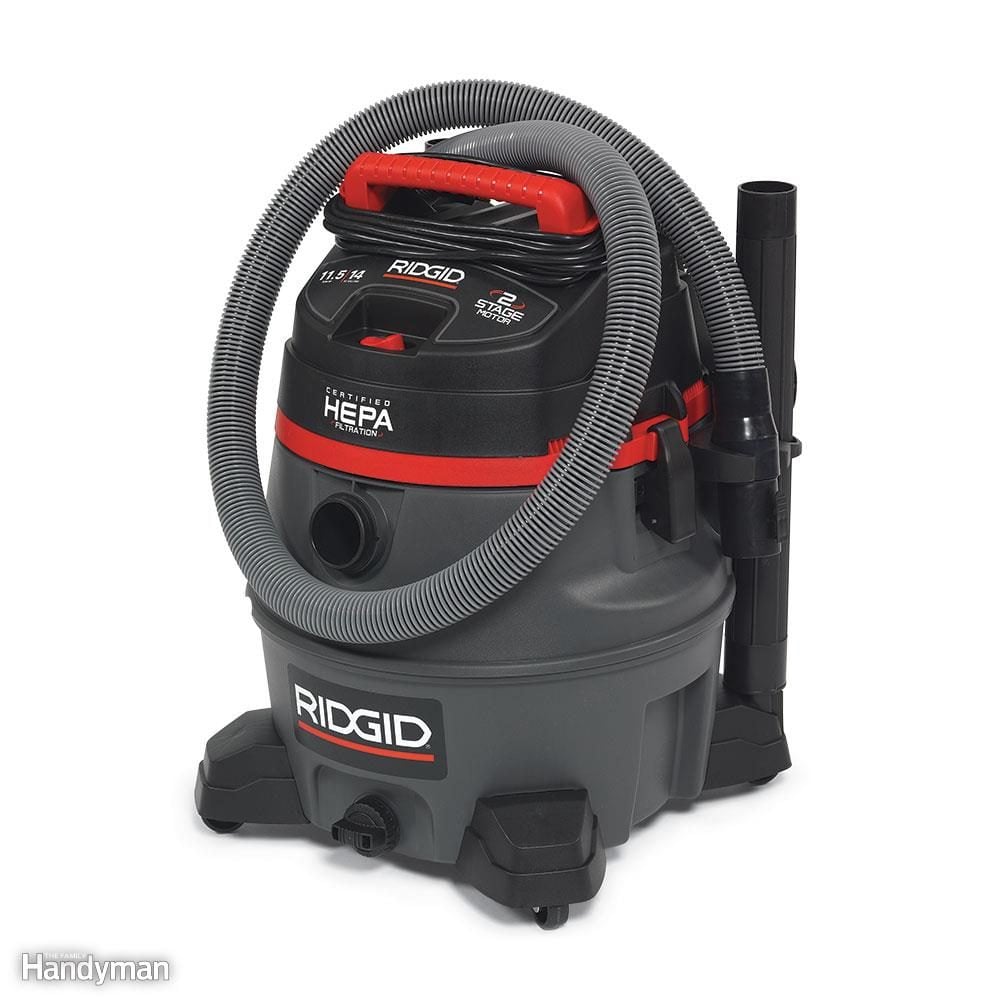
The most important part of making a room lead-safe is the cleanup. If it’s not done properly, lead paint chips and dust can get left behind—enough to harm a young child. Start by sucking up lead paint chips with a HEPA vacuum approved for lead paint pickup. Some aftermarket vacuum filters are labeled as HEPA, but they’re not approved for lead paint.
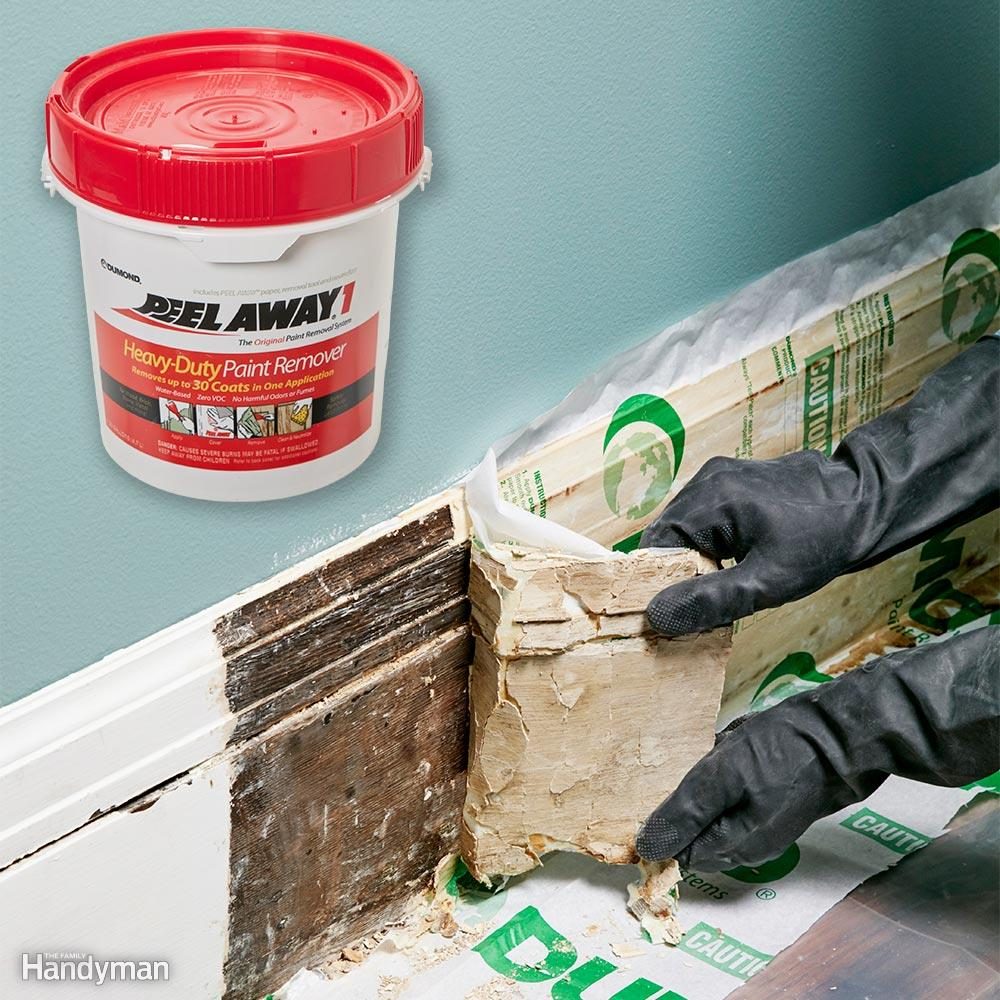
In cases where complete removal of lead paint is desired, consider using a lead paint stripping product like Peel Away, which loosens and helps contain lead paint chips. There is no such thing as a lead paint sealer because it should be removed. If you’ll be sanding afterward, be sure to wet-sand. Lead paint chips and residue could still be trapped in the fibers of the wood even after it’s been stripped bare.
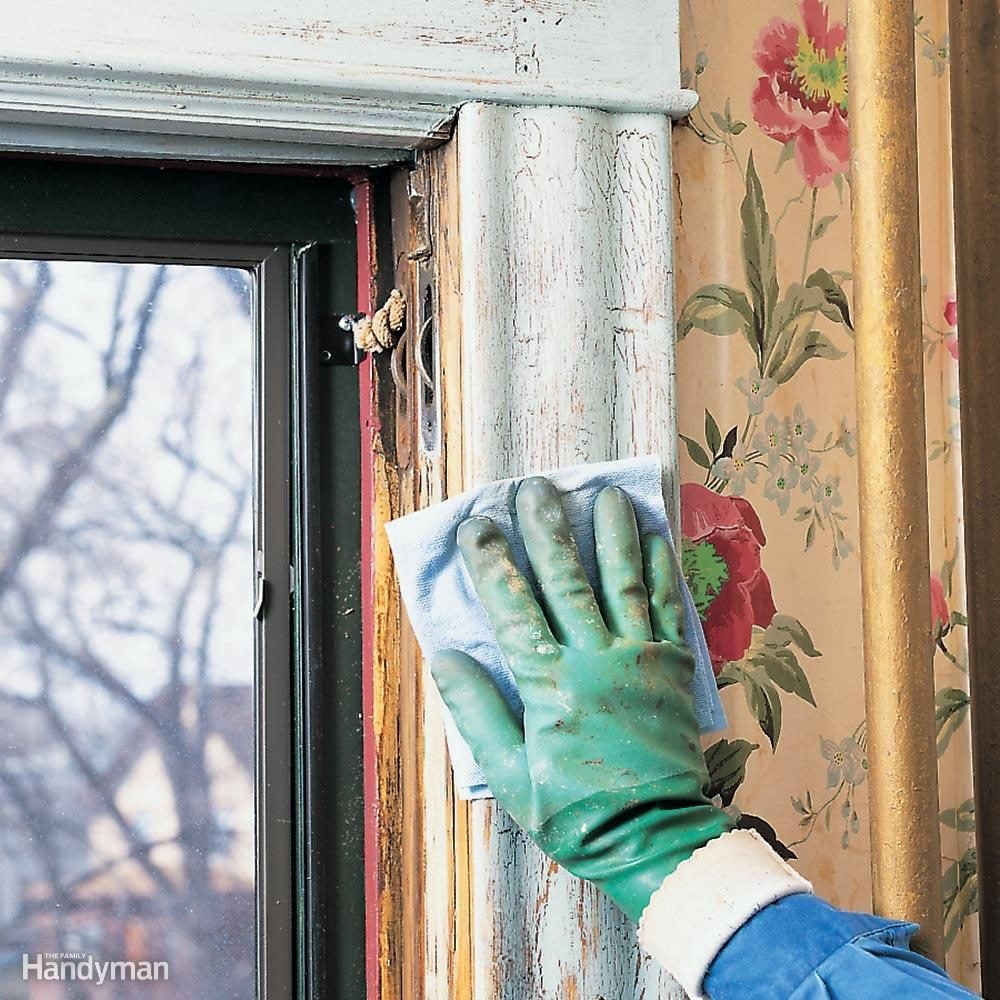
Spray all-purpose cleaner mixed with water onto a folded paper towel and wipe in only one direction to avoid recontaminating previously cleaned areas. Use a fresh side of the towel for each wipe. You can also do this with a cloth rag by dunking it in cleaner, wiping the area, and rinsing it out in a separate bucket filled with clean water. Just be sure to change the rinse water often.
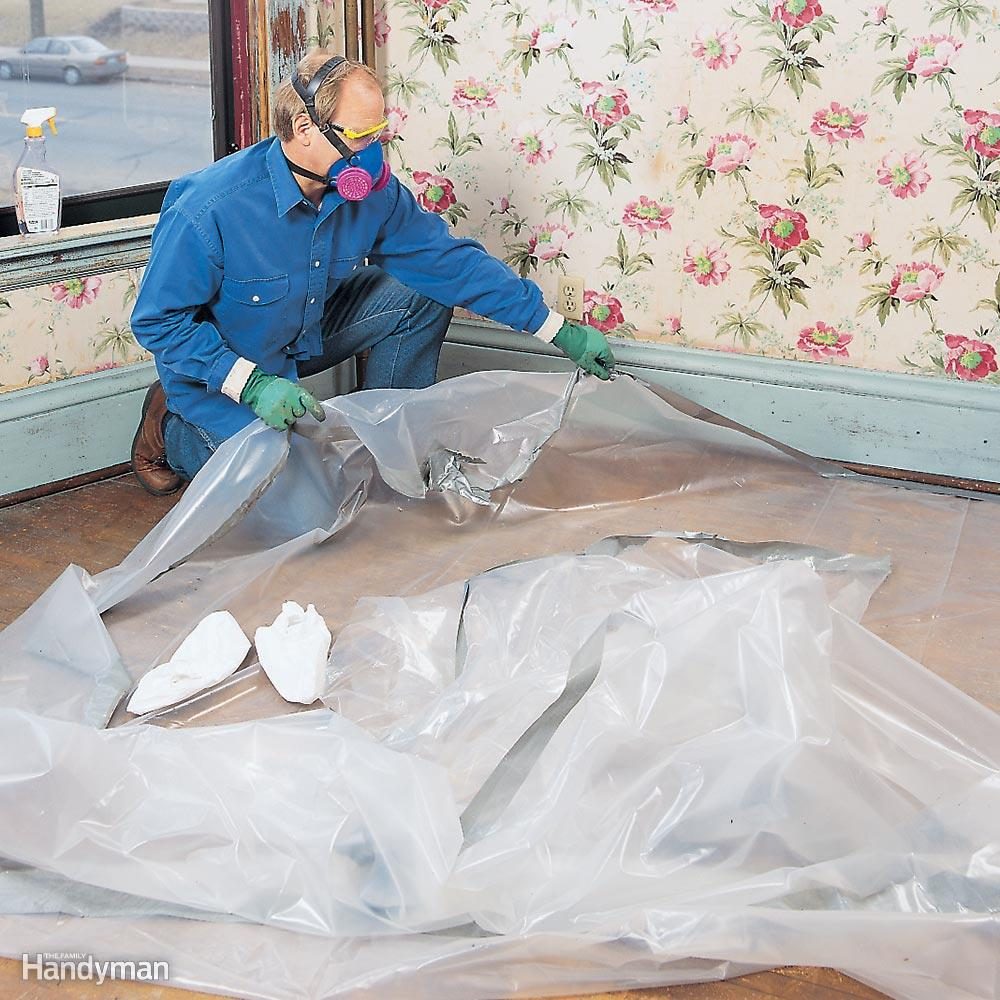
Before doing any repainting, finish cleaning the room and remove all poly sheeting. Seal it in a heavy plastic garbage bag and dispose of it with your regular trash (if allowed). Finally, clean uncarpeted floors with a HEPA vacuum and wash them with all-purpose cleaner.
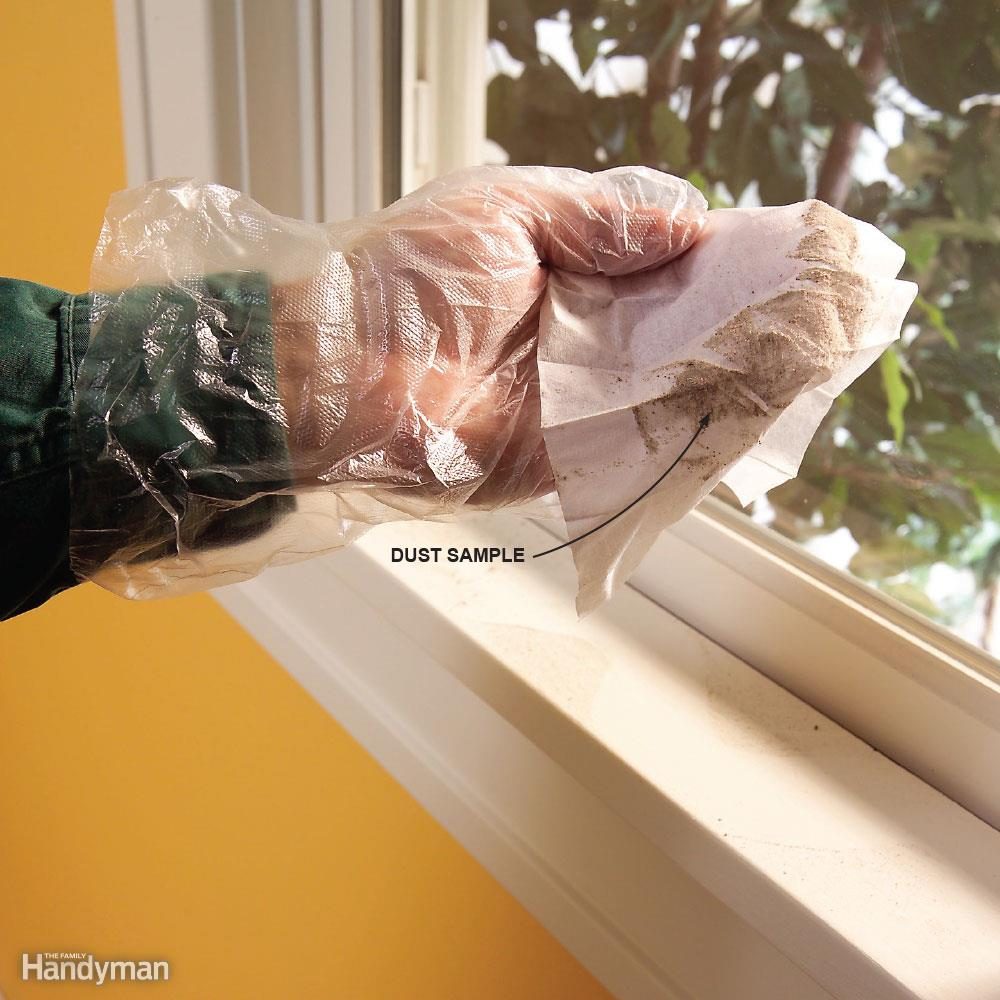
In 2008, a federal rule was enacted requiring people or companies being paid to do work that disturbs paint on houses built before 1978 to become lead-certified by the Environmental Protection Agency (EPA). The EPA’s ‘Renovation, Repair and Painting’ (RRP) rule mandates that these people or companies follow specific work practices to keep children and families safe from lead paint exposure during work or face fines of thousands of dollars for failing to comply. To get certified, they must complete an eight-hour lead paint training course that covers topics like dust-containment and cleanup and disposal procedures. The RRP Rule does not apply to homeowners working on their own homes.
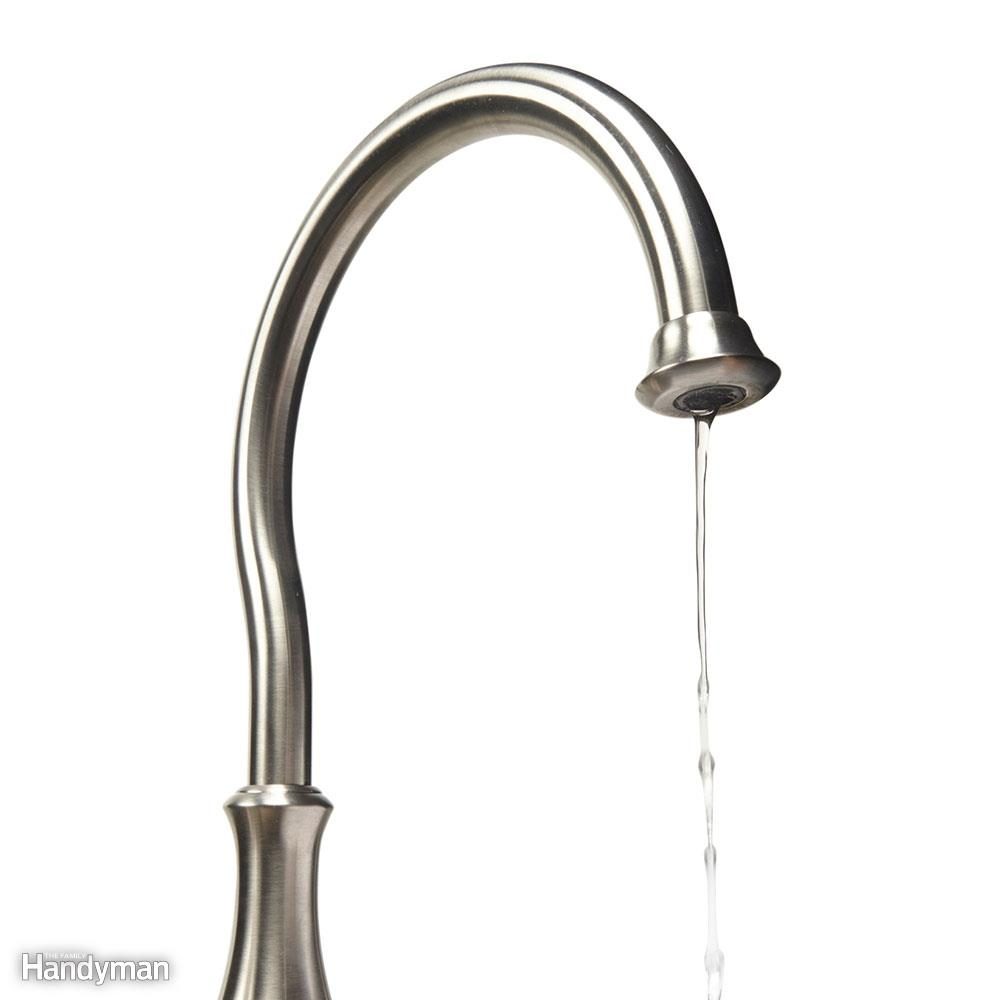
If your home was built before 1986, you might have lead in your tap water. Many houses built through the early 1900s have lead service lines and pipes, and homes built through the late 1980s have copper pipes and fittings joined with lead-based solder. Brass faucets and fittings contain lead, too. When water that's acidic or low in mineral content sits in older plumbing systems for several hours, lead can leach into the water. However, even if you have lead in your plumbing system, your water might be safe to drink. That's because, over time, minerals in water coat the insides of pipes, helping to prevent leaching of lead.
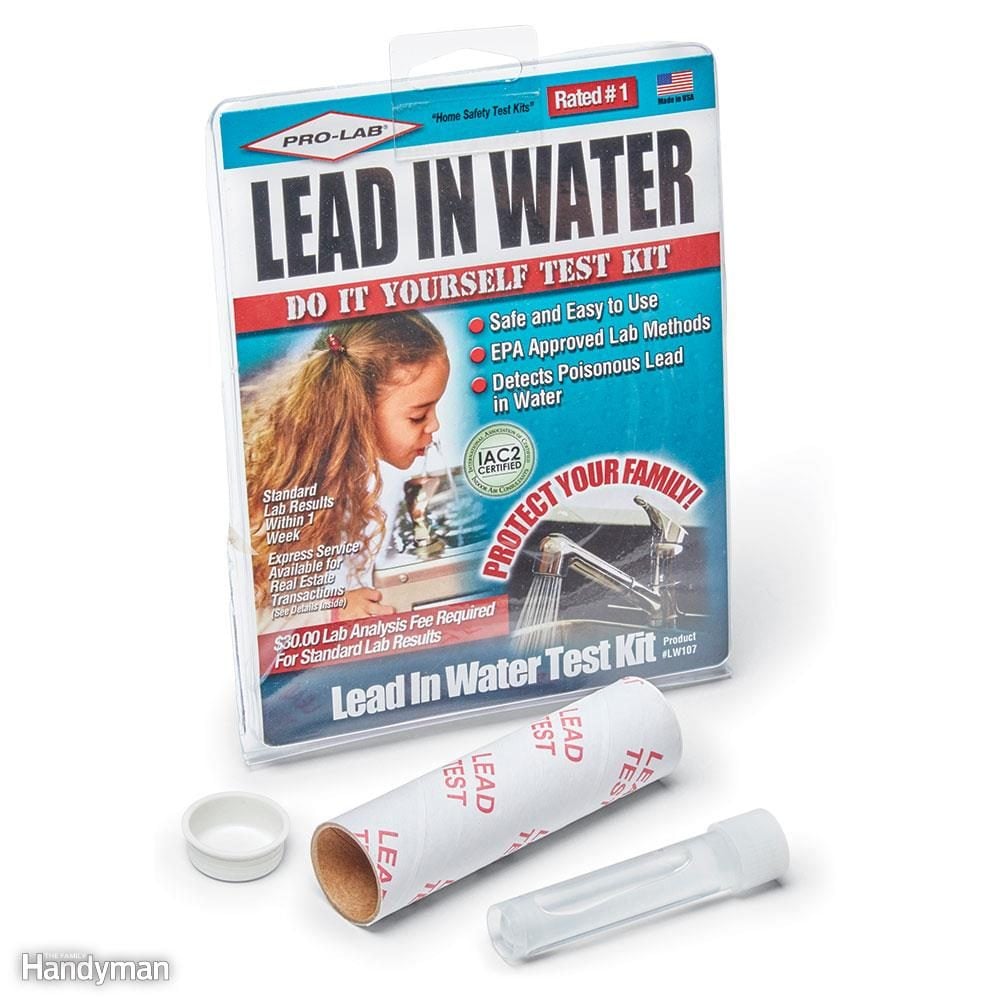
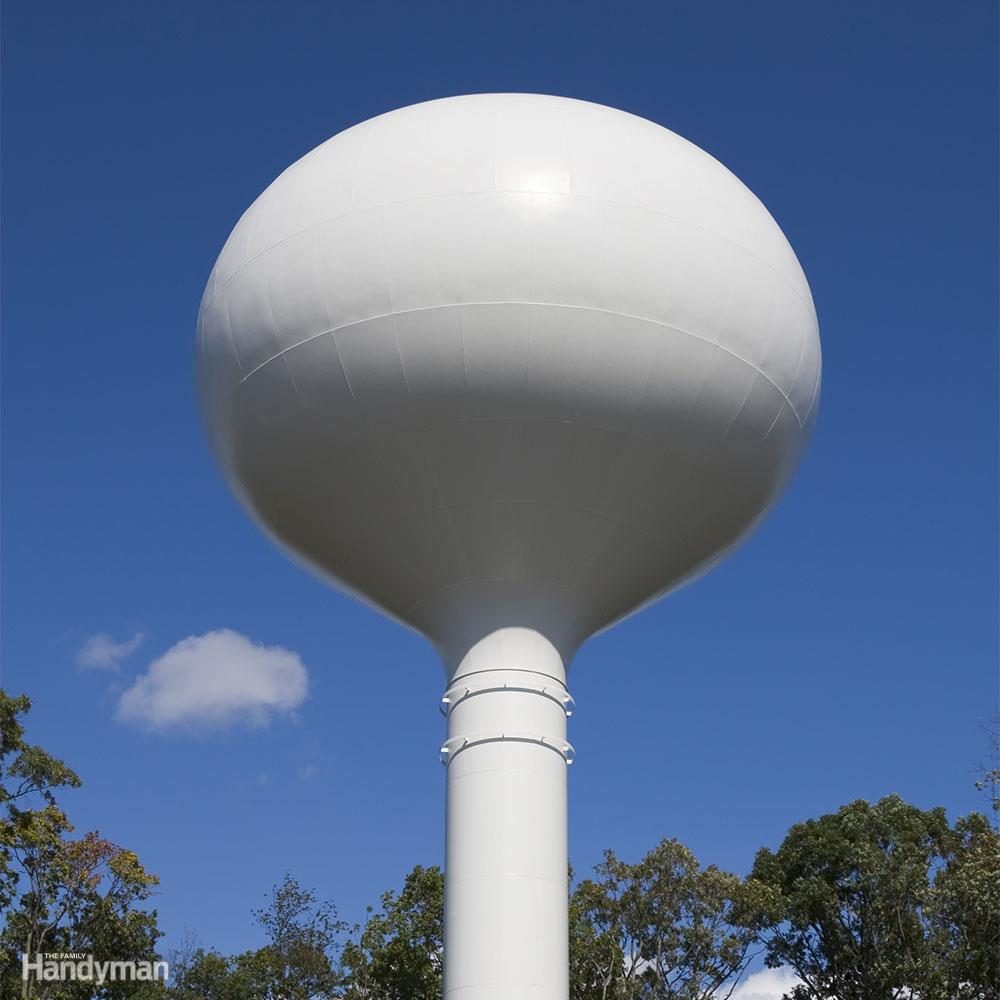
If a water test shows unsafe levels of lead, you need to figure out why. Call your municipal water supplier and ask whether the water service pipe at the street has lead in it, and whether your water is corrosive enough to be causing lead to leach from pipes and fittings inside your house.

If you have unsafe lead levels in your drinking water and your supplier can't help you, you'll have to take action yourself. That might mean replacing some lead plumbing components or installing a home water filtration system approved for lead. As a temporary measure—until you can eliminate the source of the lead—the Centers for Disease Control and Prevention (CDC) recommends turning on faucets for several minutes to flush out water that's been sitting in your pipes for more than six hours. For more information, go to cdc.gov/nceh/lead/tips/water.htm.